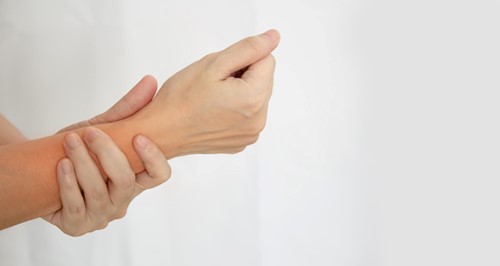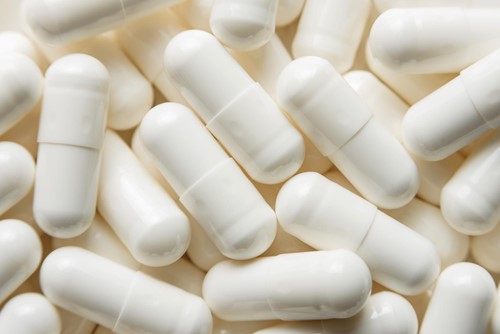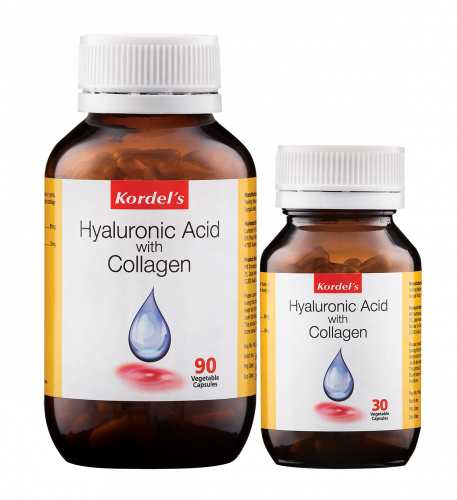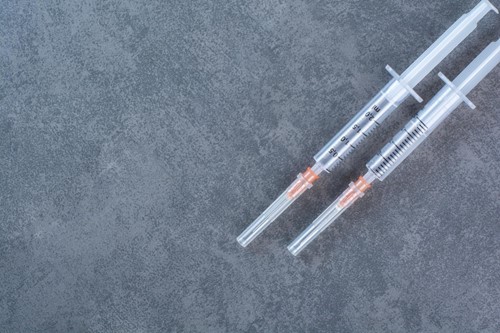Blog
HYALURONIC ACID – SOLUTION FOR CHRONIC OSTEOARTHRITIS

Osteoarthritis is a chronic, progressive disease and to date, it is irreversible. Advanced osteoarthritis is the most severe form of osteoarthritis. In recent years, scientists concluded that osteoarthritis is not only about the damage of the cartilage. The inflammation of the entire joints and connective tissues holding the bones and muscles is a particularly important factor to address in order to treat and prevent further deterioration of osteoarthritis condition. Inflammation causes pain, swelling, redness, and loss of function in the affected area. When there is inflammation in the joints, the synovial fluid, also known as joint fluid, is a thick liquid located between your joints becomes less viscous. It means that the amount of fluid that lubricates the joint also decreases, thus producing pain.
Hyaluronic Acid: A Water Magnet

Normally, synovial fluid contains high levels of hyaluronic acid (HA) that help to maintain high fluid viscosity and the normal integrity of the joint by attenuating inflammation and preserving the normal cartilaginous matrix. Hyaluronic acid is found in the eyes, skin and joints. Half of the body’s hyaluronic acid is found in the skin. It is the main component that gives our skin that plump and hydrated look. Hyaluronic acid had come a long way since its discovery for younger looking skin. The average human body has 15g of hyaluronic acid. The amazing thing about hyaluronic acid is it attracts moisture just like a magnet. Hyaluronic acid can bind up to 1000 times its weight in water to retain moisture in the skin and the joints.

Aging reduces the amount and quality of hyaluronic acid generated by the body. Not only the skin has to pay the price but the joints as well. Hyaluronic acid is found in the joints and it keeps the space between the bones well lubricated. The lubrication at the joints prevents the bones from grinding against each other and causes uncomfortable pain. In the joints, hyaluronic acid has several functions, including:
- Keeping the joints lubricated.
Hyaluronic acid binds well to water, producing a viscous, jelly-like consistency that provides lubrication at the joint. Furthermore, this viscous fluid also acts as a cushion for our joints.
- Supporting the growth of cartilage and bone
Hyaluronic acid assists in the growth and development of the joint’s cartilage and bone by promoting the growth of new cells and tissues.
- Reducing inflammation
Hyaluronic acid plays an important role in reducing joint inflammation and pain caused by injury or tissue degeneration.
Hyaluronic Acid Injection (Viscosupplementation)
Viscosupplementation, which is hyaluronic acid injection into the knee joint, is usually prescribed to individuals who have suffered from osteoarthritis for a long term and have not responded positively to physical therapy, weight loss programs and NSAIDs. With viscosupplementation, the lubricating properties of synovial fluid and cartilages will improve, which ultimately reduce the pain, improve mobility and provide a more comfortable level of daily activities.
However, many people have the fear for injection into the knee. Since the injection may need to be repeated frequently, on a monthly or quarterly basis; depending on the severity of the condition, most people find the experiences unpleasant or traumatizing. Usually, a repetitive injection is required to ensure its effectiveness. The procedure can be uncomfortable especially if the joints are swollen. Furthermore, the injection is costly too. The injection also comes with multiple side effects such as pain, rashes, swelling and possibility of infection. In some rare cases, the injected joint may flare up with increased inflammation.
Is There a Place for Oral Hyaluronic Acid Supplement?

Hyaluronic acid in intra-articular (injection directly to the joints) administration is the most established mode of administration in knee osteoarthritis. Most people would prefer oral supplementation of hyaluronic acid as the experience is less traumatic as compared to injection. A few studies were conducted on oral treatments of hyaluronic acid and the results seem promising. It is concluded that oral intake of natural extract with high content and purity of hyaluronic acid is effective for osteoarthritis. However, oral hyaluronic acid, in general, is hard to be absorbed by the body.
Kordel’s Hyaluronic Acid with Collagen is an innovative product formulated using Mobilee and B2Cool. Mobilee is our hyaluronic acid matrix ingredient extracted from rooster comb containing a high concentration of hyaluronic acid (60-75%) and other components, including polysaccharides (>10%) and collagen (>5%), the first of its kind. The combination provides higher potency than any other hyaluronic acid products in the market for joint and muscle health, without compromise.

Mobilee has been tested in 11 clinical and pre-clinical studies on its absorption and efficacy. It has been scientifically proven to multiply the body’s natural production of hyaluronic acid by 10 times, while also demonstrating greater efficacy than fermentation hyaluronic acid. Because of that, it works at a very low dose of 80mg/day. It not only helps to improve joint mobility, reduce pain and inflammation, but also increases muscle strength.
B2Cool is the trusted source of native type II collagen. Type II collagen is the main structural protein in the cartilage that provides tensile strength and toughness to the tissue. It works via a unique mechanism to reduce inflammation in the joints by protecting them against degradation of endogenous type II collagen and support healthy joints.
Oral hyaluronic acid supplementation offers a benefit over intra-articular hyaluronic acid, which prevents potential complications and discomfort associated with hyaluronic acid injection. Use Kordel’s Hyaluronic Acid Collagen to increase your body’s hyaluronic acid production and to keep your joints hydrated and young. Enjoy this pain-free experience today for your mobility, agility and strength.


Blog Comments